
This carotenoid helps with dry eye, glaucoma, AMD, eye fatigue, and more.

This carotenoid helps with dry eye, glaucoma, AMD, eye fatigue, and more.

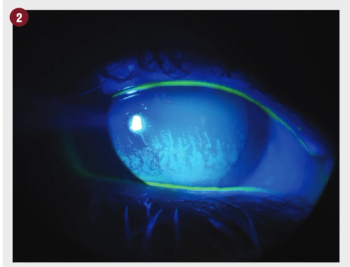
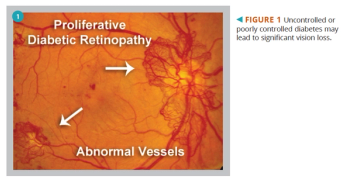
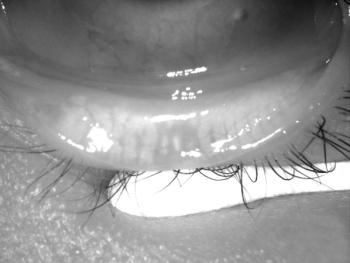
Always look for dry eye in patients of all ages
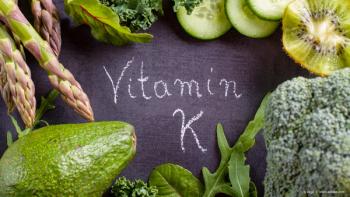
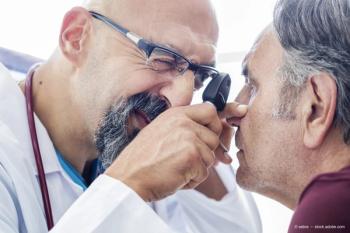

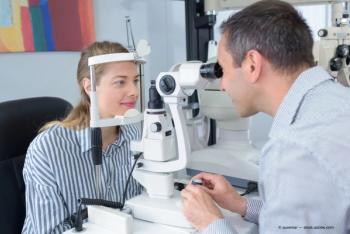
Anti-VEGF treatments are used in many aspects of retinal eyecare, but when applied to patients who just suffered a stroke, mortality rates appear to rise. We explore the nutrient molecule resveratrol and how it may be the key in treating these patients.

A new study shows that omega-3 supplements offer the same benefits as the study's placebo, olive oil. Researchers and other experts discuss trial results and what's next for ODs treating dry eye.


The treatment of age-related macular degeneration (AMD) with supplements shouldn't be left to chance. Stuart Richer, OD, PhD, FAAO, discusses why gambling with AMD supplementation may be risky.

See if your city made the list and why ODs who live in these healthiest cities think they made the cut.

Science is evolving, and practices will soon find themselves in a moral quagmire. Detection and clinical staging of AD using vision and ophthalmic imaging are close at hand.

One of the greatest ongoing food fights in eye care concerns the role of antioxidants and zinc in age-related macular degeneration (AMD) prevention and the movement of genetic testing from the theoretical research lab to applied science.
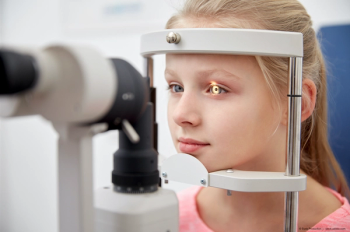
When your pediatric patient presents with irritated, itchy eyelids with reddened lid margins, diagnosing blepharitis may be the easy part of patient care. Implementing a treatment regimen for patients who are infants, toddlers, or school-age children, requires optometrists to use not only their knowledge but their clinical art of practice as well.

Avoiding sunlight entirely appears to be a misdirection. Melanoma is inversely related to latitude and inadequate acclimation (i.e., increased melanization and epidermal thickening), which carries the risk of both melanoma and non-melanoma skin cancer-common in northern latitudes.

At this moment, optometric leaders are seemingly wedged between fighting against online refractions and spectacles and fighting for “follow the money/ophthalmologic care.”

Recently, there has been interest by pediatric ophthalmology in protecting our most valuable retinal real estate, the fovea, with dietary zeaxanthin

Optometrists need to take on a greater role in helping patients identify and control hypertension

In the city of Chicago, there’s a 95-year-old retired pathologist and professor with a wry smile on his face. More than 50 years ago, Joseph Kraft, MD, identified that many tinnitus patients were in fact pre-diabetic.1 Back then this was a leaner America, and far fewer citizens had diabetes. Of course, much has radically changed.

Diet and nutrition play significant roles in the maintenance of health and prevention of disease.1,2 Every five years, our government releases dietary guidelines based upon all the players in the “food fight.

Fifty years of dietary guidelines have emphasized “low fat” and “low cholesterol” eating, so manufacturers obliged by creating foods with increasing sugar and wheat/gluten content while promoting exercise and widespread use of statins to lower cholesterol. Yet Americans have become overweight, obese, and typically less healthy at an alarming rate. The newest 2015-2020 U.S. dietary guidelines, eighth edition, are attempting to address this issue by limiting “added sugar.”1

The Ocular Nutrition Society (ONS) has announced the schedule for its education symposium, to be held Sunday, March 30, 2014, at the Jacob Javits Conference Center in New York City, in conjunction with Vision Expo East.

What are some common questions our patients expect to hear from us? “How is your vision? Which is better, one or two? How many nights out of the average month do you sleep in your contact lenses?” Sure, these are the easy answers, but when is the last time you surprised your patient with a question about their diet?